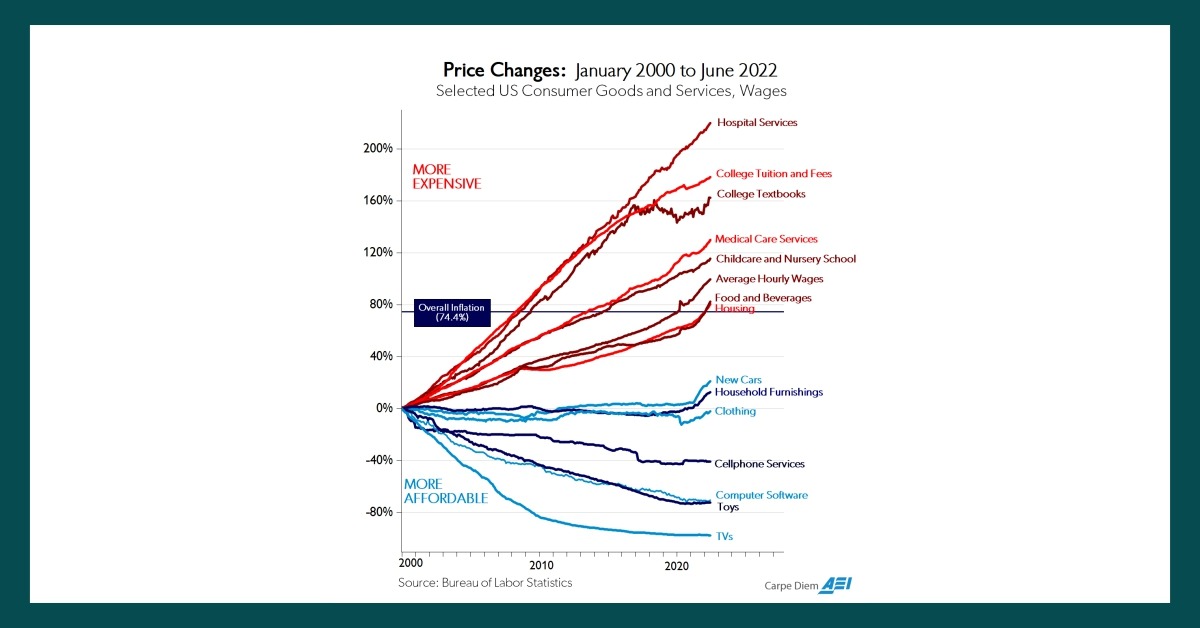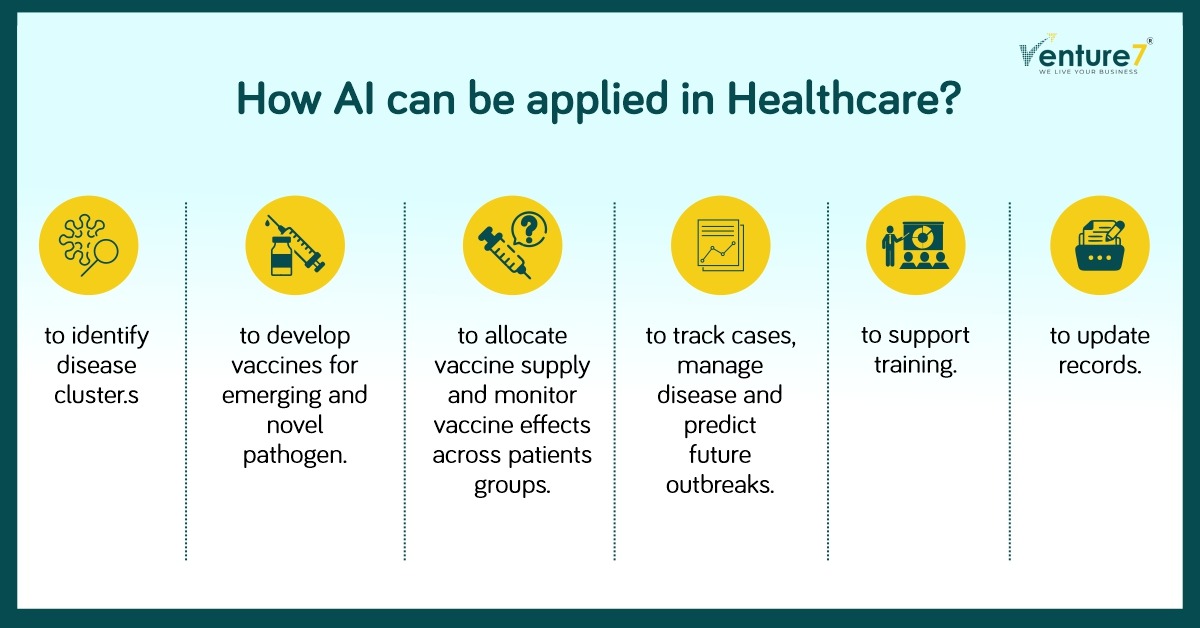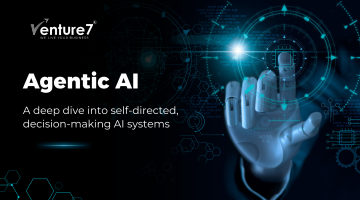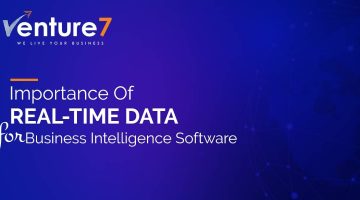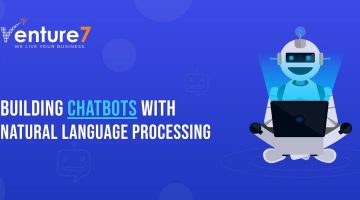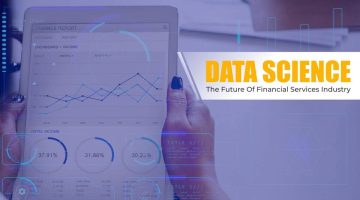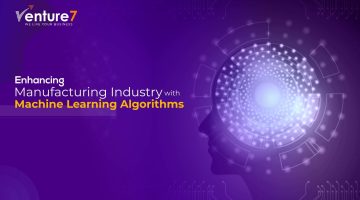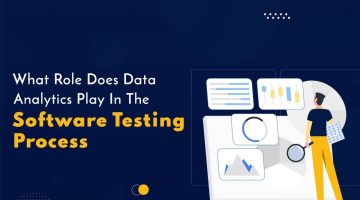Can AI help the US achieve growth in GDP beyond 3%?
The world has undergone significant transformations due to technological advancements, ranging from the mechanization of agriculture and steam engines to modern medicine, computers, and the internet. Despite these advancements, the US’s annual GDP per capita growth rate has never exceeded three per cent. New technology often leads to productivity growth. According to certain economic growth models, AI can automate the innovation process. As a result, GDP growth is predicted to exceed three per cent per capita per year and accelerate. Such a world is hard to achieve. In the 1960s, economist William Baumol pointed out that the productivity growth of an economy may be limited by its least productive sector. Let’s say we have a basic economy with two industries: writing think-pieces and constructing buildings. To provide an example, imagine this scenario. Imagine that AI speeds up writing but not construction. As productivity increases, the economy experiences growth. Although a think-piece has merits, it cannot replace the need for a new building. If the economy requires skills that AI does not enhance, such as construction, those industries become more significant and reduce the benefits of automation. Writing quickly can lead to greater earnings, which can then be invested in the currently expensive housing market that has yet to experience the benefits of AI technology. Increasing writing speed by 100 times may only result in a 2 times increase in the size of the economy. Writing well is not a sufficient replacement for important services requiring much effort, such as healthcare and education. So their relative prices have grown, taking up a larger share of our income and weighing on growth. Our ability to achieve economic growth is not limited by our strengths but by the difficulty we face in improving what is essential. In “What if we could automate invention,” Matt Clancy provides a final dose of intuition: The invention has started to resemble a class project where each student is responsible for a different part of the project, and the teacher won’t let anyone leave until everyone is done… if we cannot automate everything, then the results are quite different. We don’t get acceleration at merely a slower rate—we get no acceleration at all. AI must revolutionize all crucial economic sectors and stages of the innovation process rather than only a few. If we don’t consider certain considerations, we may end up perceiving AI as just another invention from the past. Can AI reduce healthcare costs? At Venture7, our mission is to use AI to reduce the cost of healthcare. And we want to apply it in every healthcare product engineering piece we are working on. A report from the World Health Organization said that the global shortage of healthcare workers was 7.2 million in 2013 and would climb to 12.9 million by 2035. A warning was issued that the shortage needs to be addressed immediately to avoid serious health implications for billions of people worldwide. AI has the power to address these challenges with its two advantages: the shortage of pathologists and human error. AI for Discovery & Diagnosis Detecting rare or difficult-to-diagnose illnesses accurately and promptly greatly affects treatment outcomes. Regrettably, medical professionals can only examine a restricted number of images and samples, making their diagnoses susceptible to human error. Unlike humans, AI can quickly and reliably process millions of samples every time without fail. AI can detect diseases before symptoms become apparent, providing hope for early detection. AI for Drug Development By implementing machine learning and AI in drug discovery, significant improvements can be made in cost and lead time. The average cost is US$2.5 billion, which takes 10-15 years. During drug discovery, chemical compounds are tested on various conditions associated with a particular disease. This involves exploring different permutations and combinations to determine their effectiveness. Scientists have to limit the number of test combinations due to the complexity and time required. Unlike humans, machine learning algorithms are not limited in their ability to learn from previously collected data and can even prioritize experimentation. It makes them incredibly useful in reducing the time and cost of drug discovery. AI is powering a shift toward a preventive approach to health. Although prevention is crucial, it has often been overlooked in collective and individual health policies. Healthcare resources are often limited, resulting in treatment prioritization over prevention due to constraints on funds and physician availability. In the coming years, combining extensive data and advanced AI technology may shift the focus towards prevention measures. Scepticism: AI may even decrease productivity. GPT-4 is a godsend for a NIMBY facing a planning application. In five minutes he can produce a well written 1,000-page objection. Someone then has to respond to it… lawyers will multiply. “In the 1970s, you could do a multi-million-dollar deal on 15 pages because retyping was a pain in the ass,” says Preston Byrne of Brown Rudnick, a law firm. “AI will allow us to cover the 1,000 most likely edge cases in the first draft, and then the parties will argue over it for weeks.” GDP measures how much value humans place on the goods and services produced by others, which includes a significant portion of social interactions among individuals. As one of us recently wrote, human-made outputs may be highly valued due to their rarity. As long as AI-produced outputs cannot substitute for that which is social and therefore scarce, such outputs will command a growing “human premium” and produce Baumol-style effects that weigh on growth. In light of these obstacles, how should we approach our thinking about AI? The progress of AI is inevitable, and we are only beginning to experience its effects. We are hopeful for further breakthroughs from more reliable algorithms to better policy. AI has certainly surprised us before. We aspire for AI to be integrated into all economic activities in every aspect possible. This could result in lower prices for housing, Healthcare, and education.